Page 65 of 110
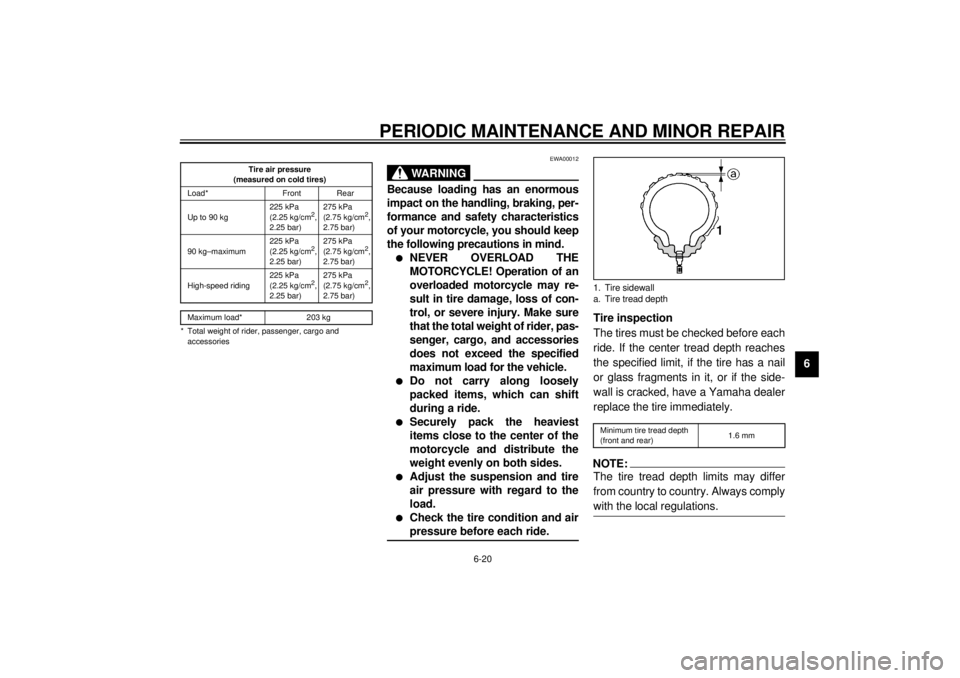
PERIODIC MAINTENANCE AND MINOR REPAIR
6-20
6
CE-01E
CE-07EEWA00012
WARNING
_ Because loading has an enormous
impact on the handling, braking, per-
formance and safety characteristics
of your motorcycle, you should keep
the following precautions in mind. l
NEVER OVERLOAD THE
MOTORCYCLE! Operation of an
overloaded motorcycle may re-
sult in tire damage, loss of con-
trol, or severe injury. Make sure
that the total weight of rider, pas-
senger, cargo, and accessories
does not exceed the specified
maximum load for the vehicle.
l
Do not carry along loosely
packed items, which can shift
during a ride.
l
Securely pack the heaviest
items close to the center of the
motorcycle and distribute the
weight evenly on both sides.
l
Adjust the suspension and tire
air pressure with regard to the
load.
l
Check the tire condition and air
pressure before each ride.
_
Tire inspection
The tires must be checked before each
ride. If the center tread depth reaches
the specified limit, if the tire has a nail
or glass fragments in it, or if the side-
wall is cracked, have a Yamaha dealer
replace the tire immediately.CE-08ENOTE:_ The tire tread depth limits may differ
from country to country. Always comply
with the local regulations. _
Tire air pressure
(measured on cold tires)
Load* Front Rear
Up to 90 kg225 kPa
(2.25 kg/cm
2,
2.25 bar)275 kPa
(2.75 kg/cm
2,
2.75 bar)
90 kg–maximum225 kPa
(2.25 kg/cm
2,
2.25 bar)275 kPa
(2.75 kg/cm
2,
2.75 bar)
High-speed riding225 kPa
(2.25 kg/cm
2,
2.25 bar)275 kPa
(2.75 kg/cm
2,
2.75 bar)
Maximum load* 203 kg
* Total weight of rider, passenger, cargo and
accessories
1. Tire sidewall
a. Tire tread depthMinimum tire tread depth
(front and rear)1.6 mm
E_4tx.book Page 20 Wednesday, October 4, 2000 4:28 PM
Page 66 of 110

PERIODIC MAINTENANCE AND MINOR REPAIR
6-21
6
EW000079
WARNING
_ l
Have a Yamaha dealer replace
excessively worn tires. Besides
being illegal, operating the
motorcycle with excessively
worn tires decreases riding sta-
bility and can lead to loss of
control.
l
The replacement of all wheel-
and brake-related parts, includ-
ing the tires, should be left to a
Yamaha dealer, who has the
necessary professional knowl-
edge and experience.
_
Tire information
This motorcycle is equipped with cast
wheels and tubeless tires with valves.
EW000080
WARNING
_ l
The front and rear tires should
be of the same make and de-
sign, otherwise the handling
characteristics of the motor-
cycle cannot be guaranteed.
l
After extensive tests, only the
tires listed below have been ap-
proved for this model by
Yamaha Motor Co., Ltd.
l
Always make sure that the valve
caps are securely installed to
prevent air pressure leakage.
l
Use only the tire valves and
valve cores listed below to
avoid tire deflation during a
high-speed ride.
_
1. Tire air valve
2. Valve core
3. Valve cap with seal
E_4tx.book Page 21 Wednesday, October 4, 2000 4:28 PM
Page 67 of 110
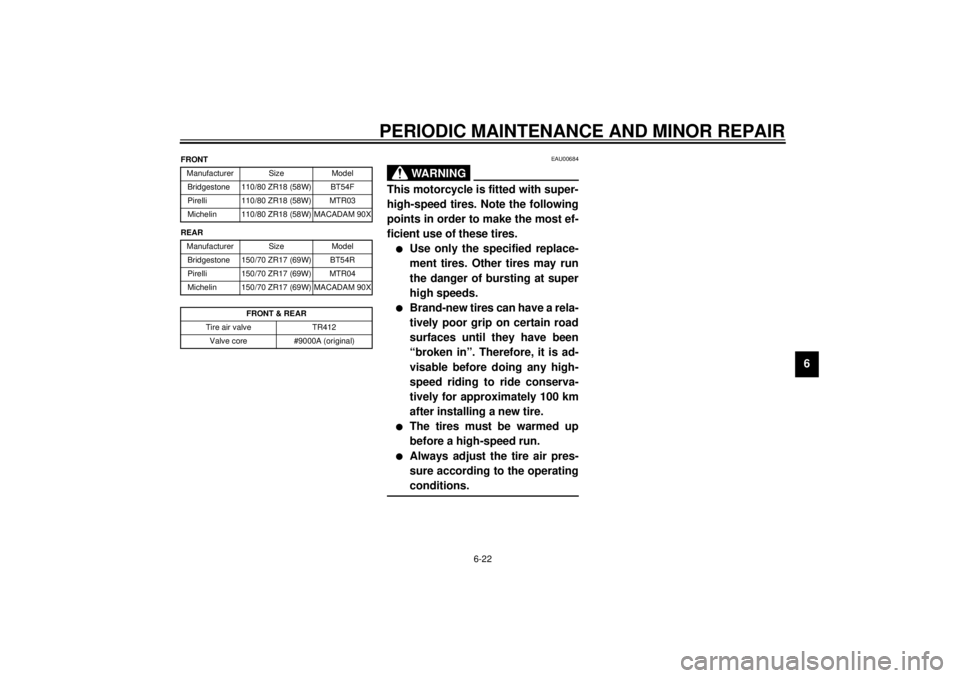
PERIODIC MAINTENANCE AND MINOR REPAIR
6-22
6
CE-10E
CE-14EEAU00684
WARNING
@ This motorcycle is fitted with super-
high-speed tires. Note the following
points in order to make the most ef-
ficient use of these tires.l
Use only the specified replace-
ment tires. Other tires may run
the danger of bursting at super
high speeds.
l
Brand-new tires can have a rela-
tively poor grip on certain road
surfaces until they have been
“broken in”. Therefore, it is ad-
visable before doing any high-
speed riding to ride conserva-
tively for approximately 100 km
after installing a new tire.
l
The tires must be warmed up
before a high-speed run.
l
Always adjust the tire air pres-
sure according to the operating
conditions.
@
FRONT
Manufacturer Size Model
Bridgestone 110/80 ZR18 (58W) BT54F
Pirelli 110/80 ZR18 (58W) MTR03
Michelin 110/80 ZR18 (58W) MACADAM 90X
REAR
Manufacturer Size Model
Bridgestone 150/70 ZR17 (69W) BT54R
Pirelli 150/70 ZR17 (69W) MTR04
Michelin 150/70 ZR17 (69W) MACADAM 90X
FRONT & REAR
Tire air valve TR412
Valve core #9000A (original)
E_4tx.book Page 22 Wednesday, October 4, 2000 4:28 PM
Page 68 of 110
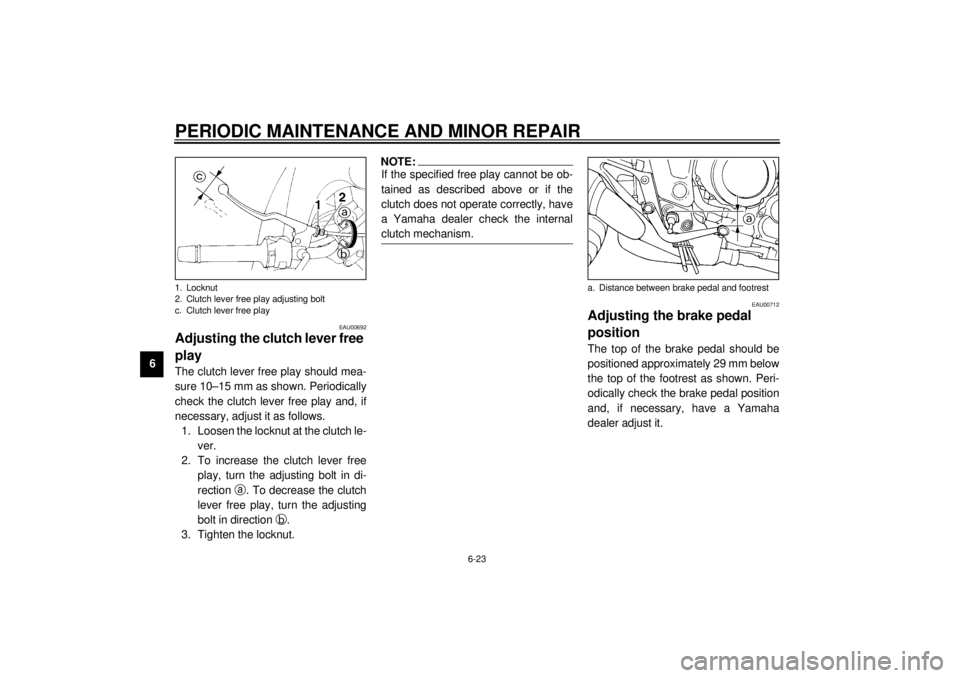
PERIODIC MAINTENANCE AND MINOR REPAIR
6-23
6
EAU00692
Adjusting the clutch lever free
play The clutch lever free play should mea-
sure 10–15 mm as shown. Periodically
check the clutch lever free play and, if
necessary, adjust it as follows.
1. Loosen the locknut at the clutch le-
ver.
2. To increase the clutch lever free
play, turn the adjusting bolt in di-
rection
a. To decrease the clutch
lever free play, turn the adjusting
bolt in direction
b.
3. Tighten the locknut.
NOTE:@ If the specified free play cannot be ob-
tained as described above or if the
clutch does not operate correctly, have
a Yamaha dealer check the internal
clutch mechanism. @
EAU00712
Adjusting the brake pedal
position The top of the brake pedal should be
positioned approximately 29 mm below
the top of the footrest as shown. Peri-
odically check the brake pedal position
and, if necessary, have a Yamaha
dealer adjust it.
1. Locknut
2. Clutch lever free play adjusting bolt
c. Clutch lever free play
a. Distance between brake pedal and footrest
E_4tx.book Page 23 Wednesday, October 4, 2000 4:28 PM
Page 69 of 110
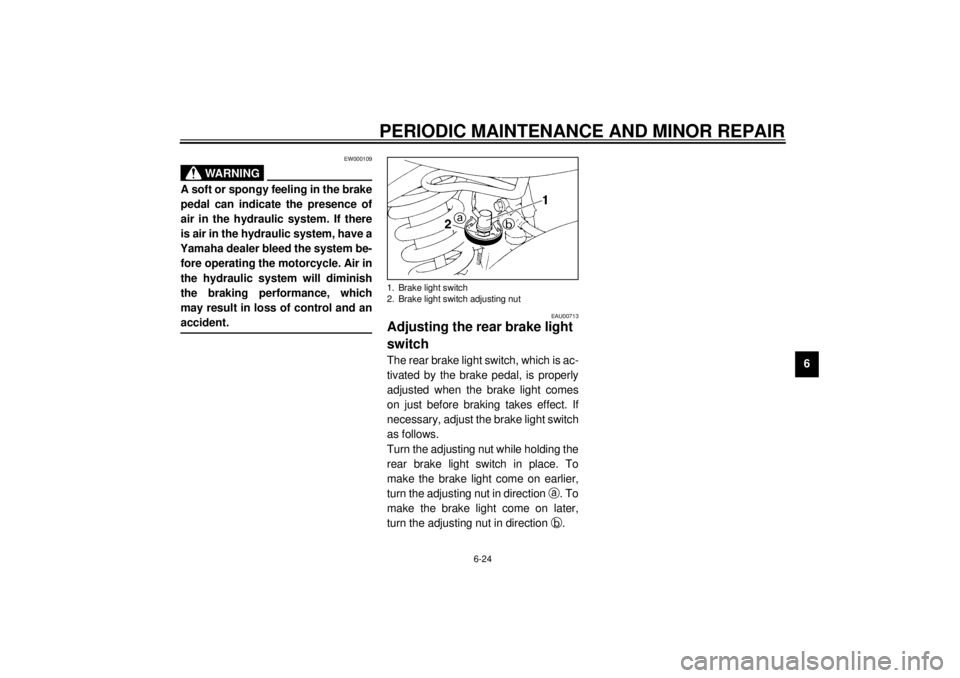
PERIODIC MAINTENANCE AND MINOR REPAIR
6-24
6
EW000109
WARNING
@ A soft or spongy feeling in the brake
pedal can indicate the presence of
air in the hydraulic system. If there
is air in the hydraulic system, have a
Yamaha dealer bleed the system be-
fore operating the motorcycle. Air in
the hydraulic system will diminish
the braking performance, which
may result in loss of control and an
accident. @
EAU00713
Adjusting the rear brake light
switch The rear brake light switch, which is ac-
tivated by the brake pedal, is properly
adjusted when the brake light comes
on just before braking takes effect. If
necessary, adjust the brake light switch
as follows.
Turn the adjusting nut while holding the
rear brake light switch in place. To
make the brake light come on earlier,
turn the adjusting nut in direction
a. To
make the brake light come on later,
turn the adjusting nut in direction
b.1. Brake light switch
2. Brake light switch adjusting nut
E_4tx.book Page 24 Wednesday, October 4, 2000 4:28 PM
Page 70 of 110
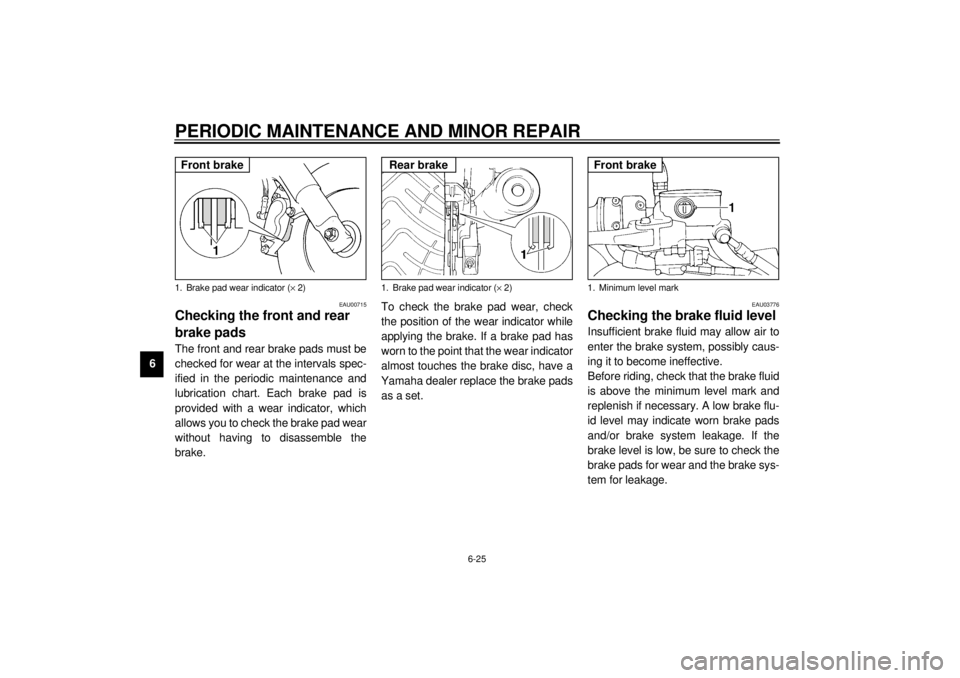
PERIODIC MAINTENANCE AND MINOR REPAIR
6-25
6
EAU00715
Checking the front and rear
brake pads The front and rear brake pads must be
checked for wear at the intervals spec-
ified in the periodic maintenance and
lubrication chart. Each brake pad is
provided with a wear indicator, which
allows you to check the brake pad wear
without having to disassemble the
brake. To check the brake pad wear, check
the position of the wear indicator while
applying the brake. If a brake pad has
worn to the point that the wear indicator
almost touches the brake disc, have a
Yamaha dealer replace the brake pads
as a set.
EAU03776
Checking the brake fluid level Insufficient brake fluid may allow air to
enter the brake system, possibly caus-
ing it to become ineffective.
Before riding, check that the brake fluid
is above the minimum level mark and
replenish if necessary. A low brake flu-
id level may indicate worn brake pads
and/or brake system leakage. If the
brake level is low, be sure to check the
brake pads for wear and the brake sys-
tem for leakage.
1. Brake pad wear indicator (´ 2)Front brake
1. Brake pad wear indicator (´ 2)Rear brake
1. Minimum level markFront brake
E_4tx.book Page 25 Wednesday, October 4, 2000 4:28 PM
Page 71 of 110
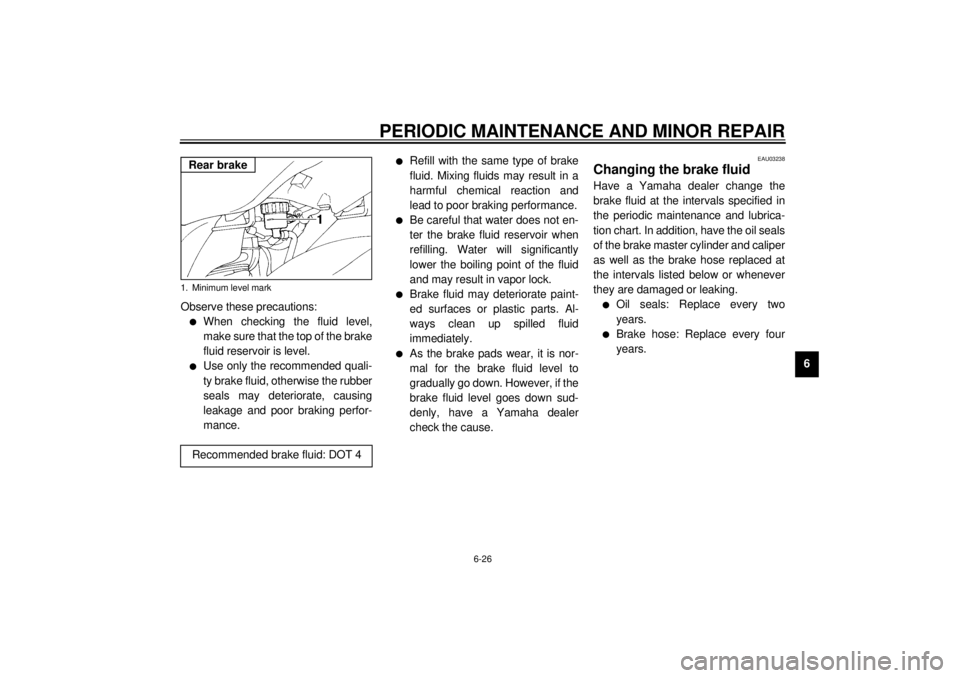
PERIODIC MAINTENANCE AND MINOR REPAIR
6-26
6 Observe these precautions:
l
When checking the fluid level,
make sure that the top of the brake
fluid reservoir is level.
l
Use only the recommended quali-
ty brake fluid, otherwise the rubber
seals may deteriorate, causing
leakage and poor braking perfor-
mance.
l
Refill with the same type of brake
fluid. Mixing fluids may result in a
harmful chemical reaction and
lead to poor braking performance.
l
Be careful that water does not en-
ter the brake fluid reservoir when
refilling. Water will significantly
lower the boiling point of the fluid
and may result in vapor lock.
l
Brake fluid may deteriorate paint-
ed surfaces or plastic parts. Al-
ways clean up spilled fluid
immediately.
l
As the brake pads wear, it is nor-
mal for the brake fluid level to
gradually go down. However, if the
brake fluid level goes down sud-
denly, have a Yamaha dealer
check the cause.
EAU03238
Changing the brake fluid Have a Yamaha dealer change the
brake fluid at the intervals specified in
the periodic maintenance and lubrica-
tion chart. In addition, have the oil seals
of the brake master cylinder and caliper
as well as the brake hose replaced at
the intervals listed below or whenever
they are damaged or leaking.l
Oil seals: Replace every two
years.
l
Brake hose: Replace every four
years.
1. Minimum level mark
Recommended brake fluid: DOT 4Rear brake
E_4tx.book Page 26 Wednesday, October 4, 2000 4:28 PM
Page 72 of 110

PERIODIC MAINTENANCE AND MINOR REPAIR
6-27
6
EAU00744
Drive chain slack The drive chain slack should be
checked before each ride and adjusted
if necessary.
To check the drive chain slack
1. Place the motorcycle on a level
surface and hold it in an upright
position.NOTE:@ When checking and adjusting the drive
chain slack, the motorcycle should be
positioned straight up and there should
be no weight on it. @
2. Shift the transmission into the neu-
tral position.
3. Move the rear wheel by pushing
the motorcycle to locate the tight-
est portion of the drive chain, and
then measure the drive chain
slack as shown.
4. If the drive chain slack is incorrect,
adjust it as follows.
EAU00765
To adjust the drive chain slack
1. Loosen the axle nut and the brake
caliper bracket bolt.
2. Loosen the chain puller locknut at
each end of the swingarm.
3. To tighten the drive chain, turn the
adjusting nut at each end of the
swingarm in direction
a. To loos-
en the drive chain, turn the adjust-
ing nut at each end of the
swingarm in direction
b, and then
push the rear wheel forward.
a. Drive chain slack
Drive chain slack:
40–50 mm
1. Axle nut
2. Locknut
3. Drive chain slack adjusting nut
4. Alignment marks
E_4tx.book Page 27 Wednesday, October 4, 2000 4:28 PM
 1
1 2
2 3
3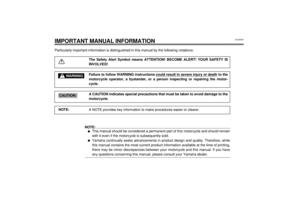 4
4 5
5 6
6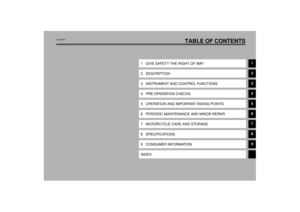 7
7 8
8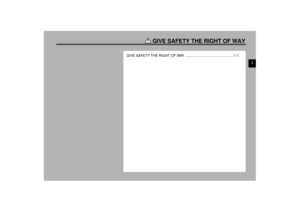 9
9 10
10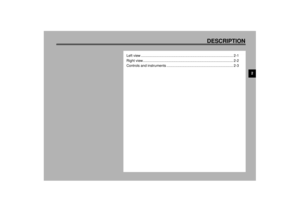 11
11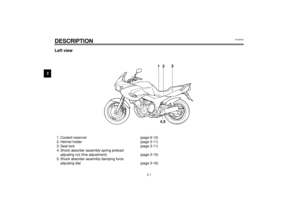 12
12 13
13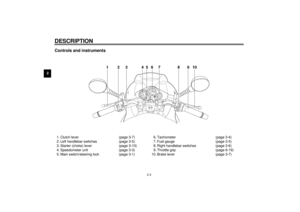 14
14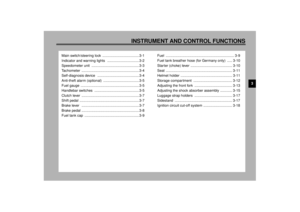 15
15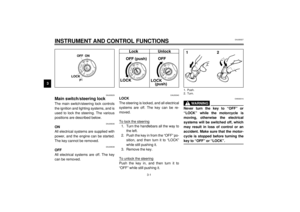 16
16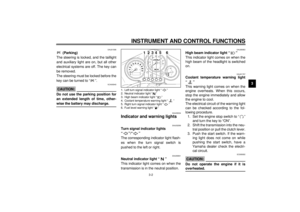 17
17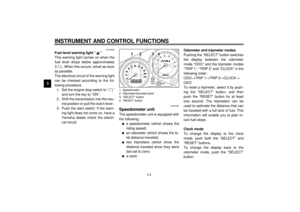 18
18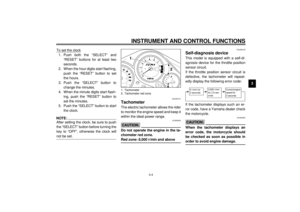 19
19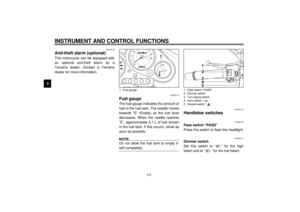 20
20 21
21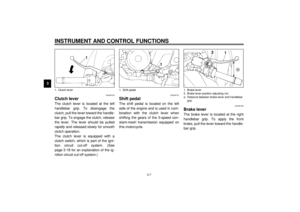 22
22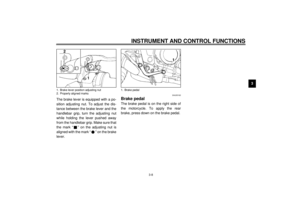 23
23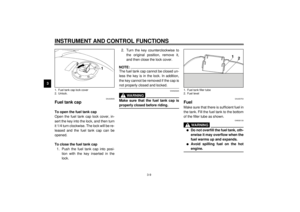 24
24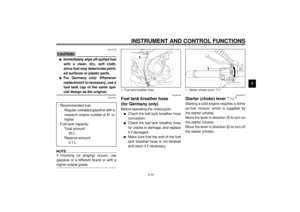 25
25 26
26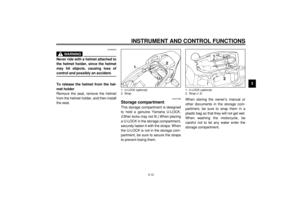 27
27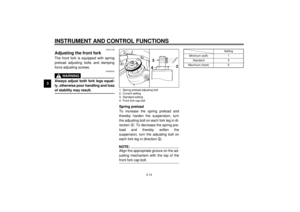 28
28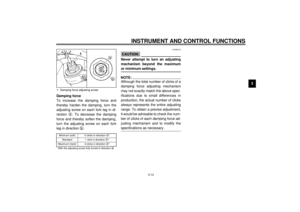 29
29 30
30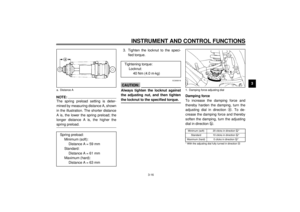 31
31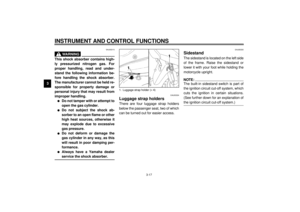 32
32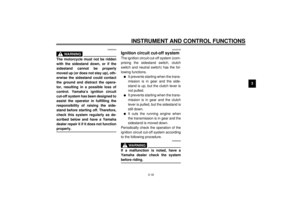 33
33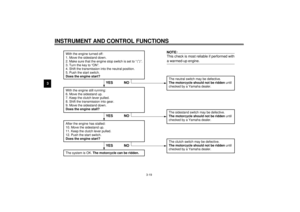 34
34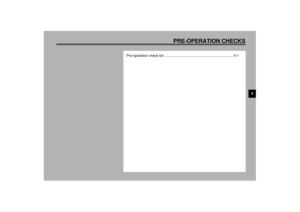 35
35 36
36 37
37 38
38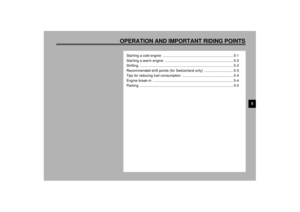 39
39 40
40 41
41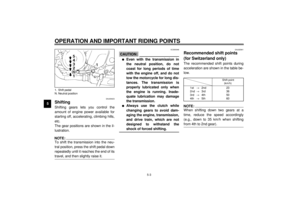 42
42 43
43 44
44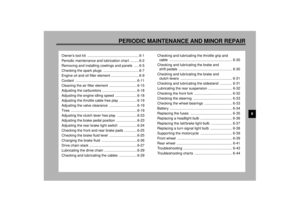 45
45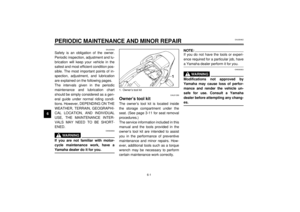 46
46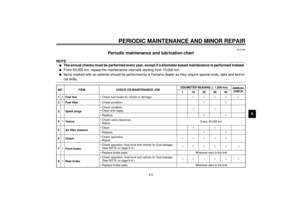 47
47 48
48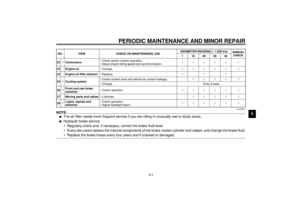 49
49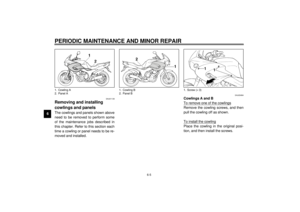 50
50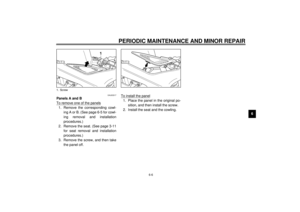 51
51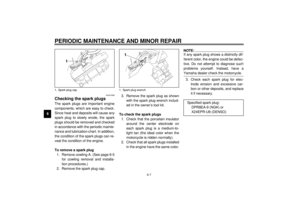 52
52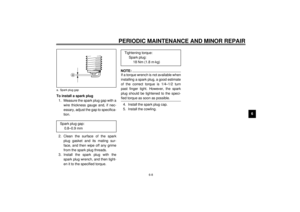 53
53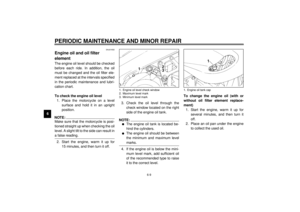 54
54 55
55 56
56 57
57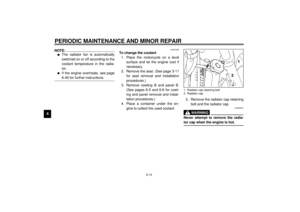 58
58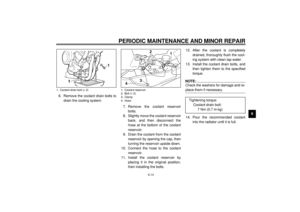 59
59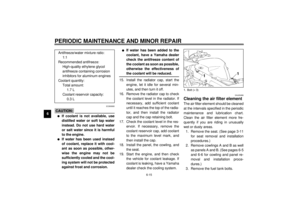 60
60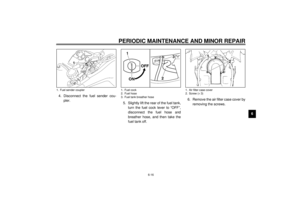 61
61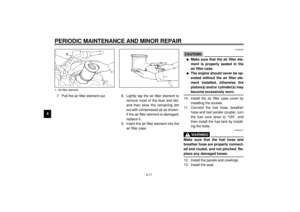 62
62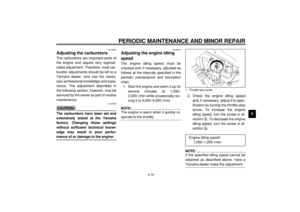 63
63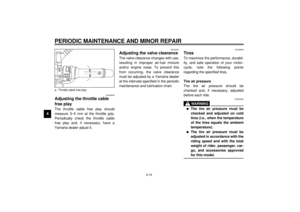 64
64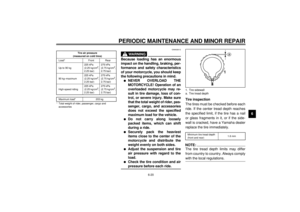 65
65 66
66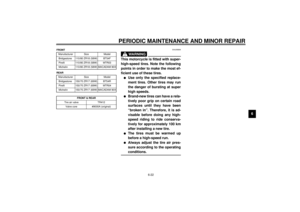 67
67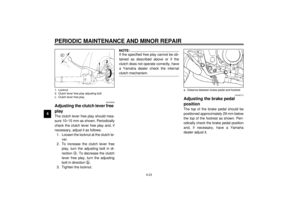 68
68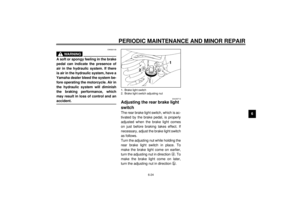 69
69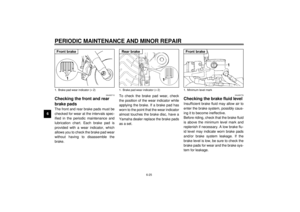 70
70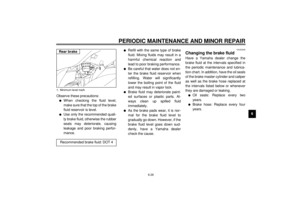 71
71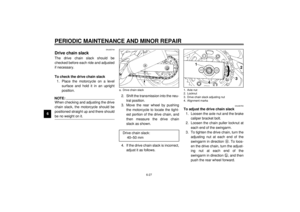 72
72 73
73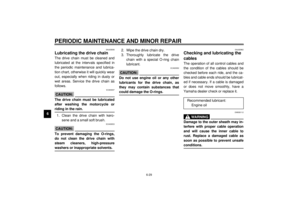 74
74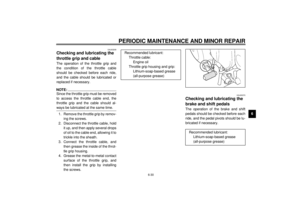 75
75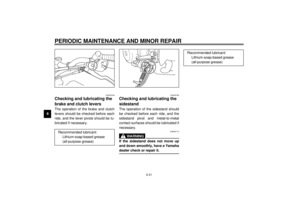 76
76 77
77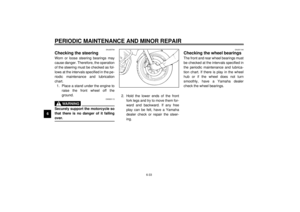 78
78 79
79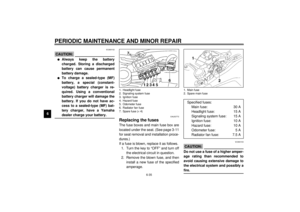 80
80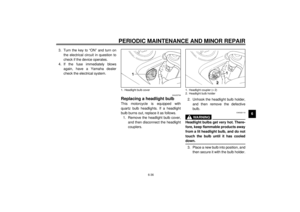 81
81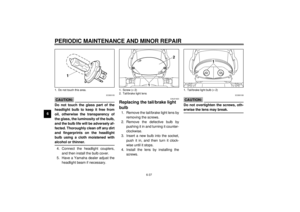 82
82 83
83 84
84 85
85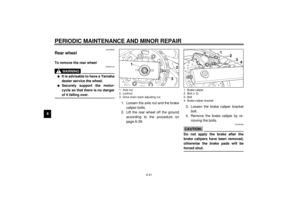 86
86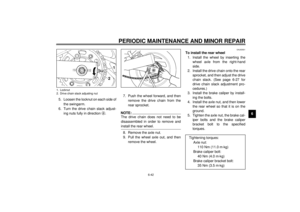 87
87 88
88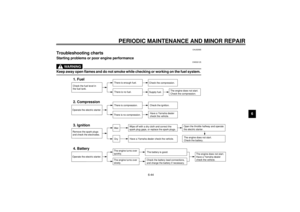 89
89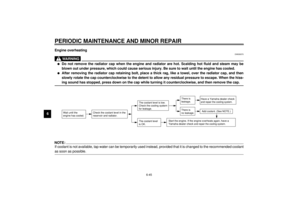 90
90 91
91 92
92 93
93 94
94 95
95 96
96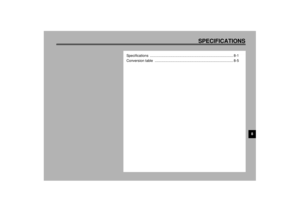 97
97 98
98 99
99 100
100 101
101 102
102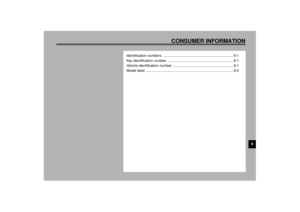 103
103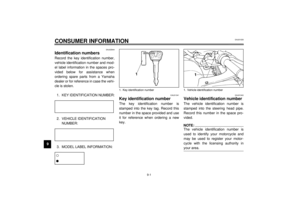 104
104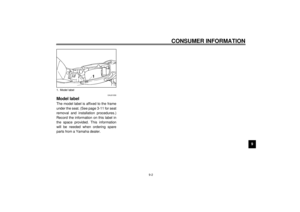 105
105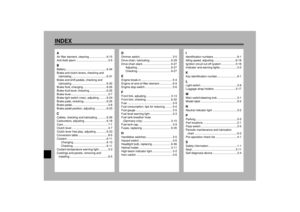 106
106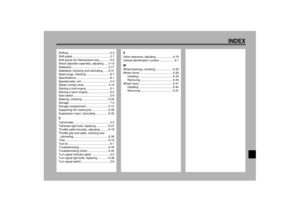 107
107 108
108 109
109






